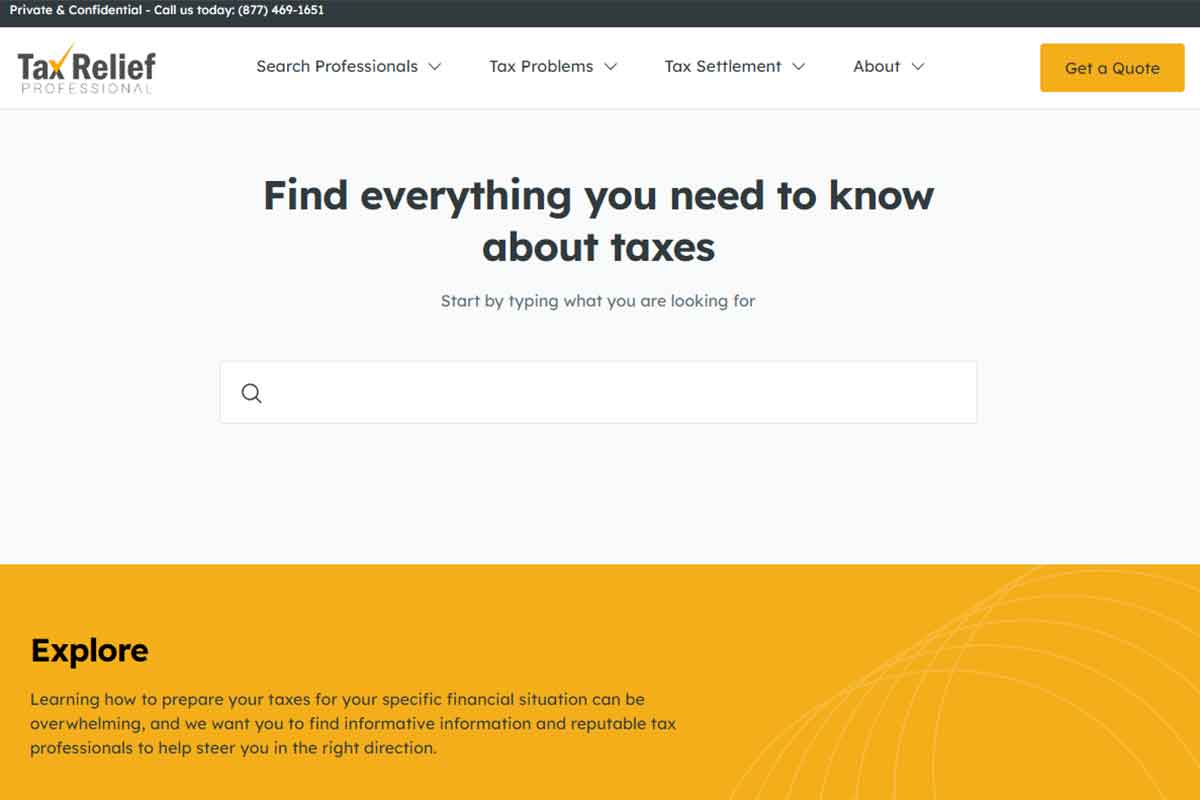What is the IRS Debt Forgiveness Program?


written by Clinton F Wassor

reviewed by Robin T Young
A Comprehensive Guide to the IRS Debt Forgiveness Program
Tax debt can become an overwhelming burden for individuals and businesses alike. Fortunately, the IRS offers a lifeline in the form of the Debt Forgiveness Program, which provides eligible taxpayers with the opportunity to reduce or eliminate their tax liabilities. In this comprehensive guide, we will delve into the IRS Debt Forgiveness Program, explain how it works, and provide insights into the application process. Additionally, we’ll discuss the importance of understanding eligibility criteria and seeking professional guidance, when necessary.
Understanding the IRS Debt Forgiveness Program
The IRS Debt Forgiveness Program, formally known as the Offer in Compromise (OIC), is a program designed to help taxpayers who are unable to pay their full tax liability due to financial hardship or exceptional circumstances. It provides a chance for taxpayers to settle their tax debt for less than the total amount owed.

The OIC program includes three types of relief:
Doubt as to Collectability: This is the most common type of OIC and is based on the taxpayer’s inability to pay the full tax debt due to financial constraints. If the IRS determines that the amount offered represents the maximum they can expect to collect, they may accept the OIC.
Doubt as to Liability: This type of OIC is based on the taxpayer’s belief that they don’t owe the full amount of taxes assessed. It is available when there is a genuine dispute about the amount of tax owed.
Effective Tax Administration: This OIC is for cases where there is no doubt as to the amount of tax owed, and the taxpayer can pay the full amount, but doing so would create an undue economic hardship. This relief option is less common and requires a thorough review of the taxpayer’s financial situation.
The Importance of Understanding Eligibility Criteria
Before applying for the IRS Debt Forgiveness Program, it’s crucial to determine if you meet the eligibility criteria. Meeting these criteria can significantly increase your chances of a successful application. Key factors that the IRS considers include:
- Tax Compliance: You must be up to date with all required tax filings. This includes filing all necessary tax returns for the current year and any past years.
- Payment Ability: The IRS evaluates your ability to pay the full tax debt. This assessment includes an analysis of your income, expenses, assets, and liabilities.
- Exceptional Circumstances: For an Effective Tax Administration OIC, you must demonstrate exceptional circumstances that make paying the full tax debt unfair or create an undue hardship.
- Submission of Complete Application: Your OIC application must be complete, accurate, and supported by all required documentation. Incomplete applications are typically rejected.
- Compliance with Estimated Tax Payments: If you’re a business owner or self-employed, you must be in compliance with estimated tax payments for the current year.
The Application Process for the IRS Debt Forgiveness Program
The process of applying for the IRS Debt Forgiveness Program can be complex and requires careful attention to detail. Here are the general steps involved:
- Determine Eligibility: As previously mentioned, it’s essential to determine your eligibility for the program. You can use the IRS’s pre-qualifier tool to assess your eligibility before proceeding.
- Gather Documentation: Collect all necessary financial documents, including income records, expense statements, asset information, and liabilities. The IRS will use this information to evaluate your financial situation.
- Complete Form 656: You’ll need to fill out Form 656, Offer in Compromise. This form requires detailed financial information and a breakdown of your proposed settlement offer.
- Submit Required Fees and Payments: Along with your application, you must submit application fees and, in some cases, an initial payment toward your proposed settlement offer. Low-income taxpayers may be exempt from application fees.
- Await IRS Review: The IRS will review your application, which may take several months. They may request additional information or clarification during this process.
- Negotiation and Appeals: If the IRS has concerns about your application, you or your representative may engage in negotiations with them to reach a mutually agreeable settlement. If your offer is denied, you have the right to appeal the decision.
Why Seek Professional Guidance
While it’s possible to apply for the IRS Debt Forgiveness Program on your own, many applicants find it beneficial to seek professional guidance. Here’s why:
- Expertise in Tax Law: Tax professionals, such as enrolled agents, certified public accountants (CPAs), and tax attorneys, have a deep understanding of tax laws and regulations. They are well-versed in the complexities of the OIC program.
- Strategic Planning: Tax professionals can assess your financial situation and help you develop a strategic plan for your OIC application, including determining the best approach and settlement offer amount.
- Documentation and Evidence: They can assist you in gathering and organizing the necessary financial documents, ensuring that your application is complete and compelling.
- Negotiation Skills: Tax professionals can negotiate with the IRS on your behalf, increasing the likelihood of obtaining a favorable settlement offer.
- Appeal Process: If your application is denied, a tax professional can guide you through the appeals process and represent your interests.
What is the IRS Debt Forgiveness Program?
The IRS Debt Forgiveness Program, also known as the Offer in Compromise, offers a lifeline to taxpayers struggling with overwhelming tax debt. However, the application process can be complex and challenging. It’s essential to understand the eligibility criteria and consider seeking professional guidance to navigate the process effectively.
By enlisting the help of a tax professional, you can increase your chances of success and potentially reduce or eliminate your tax debt, providing much-needed relief from financial burdens.
References
- IRS Offer in Compromise (OIC) Information: IRS Offer in Compromise
- IRS Pre-Qualifier Tool: OIC Pre-Qualifier Tool
- IRS Form 656, Offer in Compromise: Form 656
- IRS Fee Waiver Information: Fee Waiver
- IRS Taxpayer Advocate Service: Taxpayer Advocate Service









